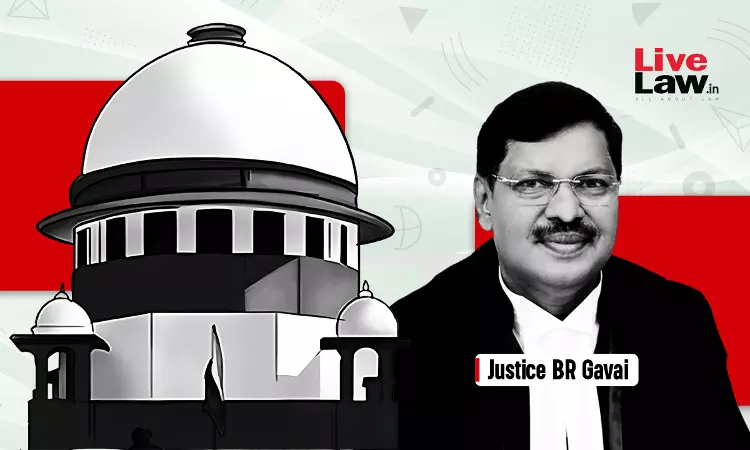‘70% of Government Litigation Frivolous’: Supreme Court Judge BR Gavai
Awstika Das
12 Aug 2023 12:23 PM IST

Next Story
12 Aug 2023 12:23 PM IST
70 percent of government litigation is frivolous and can be curtailed to lessen the court’s workload, Supreme Court judge BR Gavai remarked on Friday, while rejecting a plea filed by the Union of India. He was part of a three-judge bench also comprising Justices PS Narasimha and PK Mishra. Right at the outset, he asked Additional Solicitor-General Aishwarya Bhati how a 'disposed...
